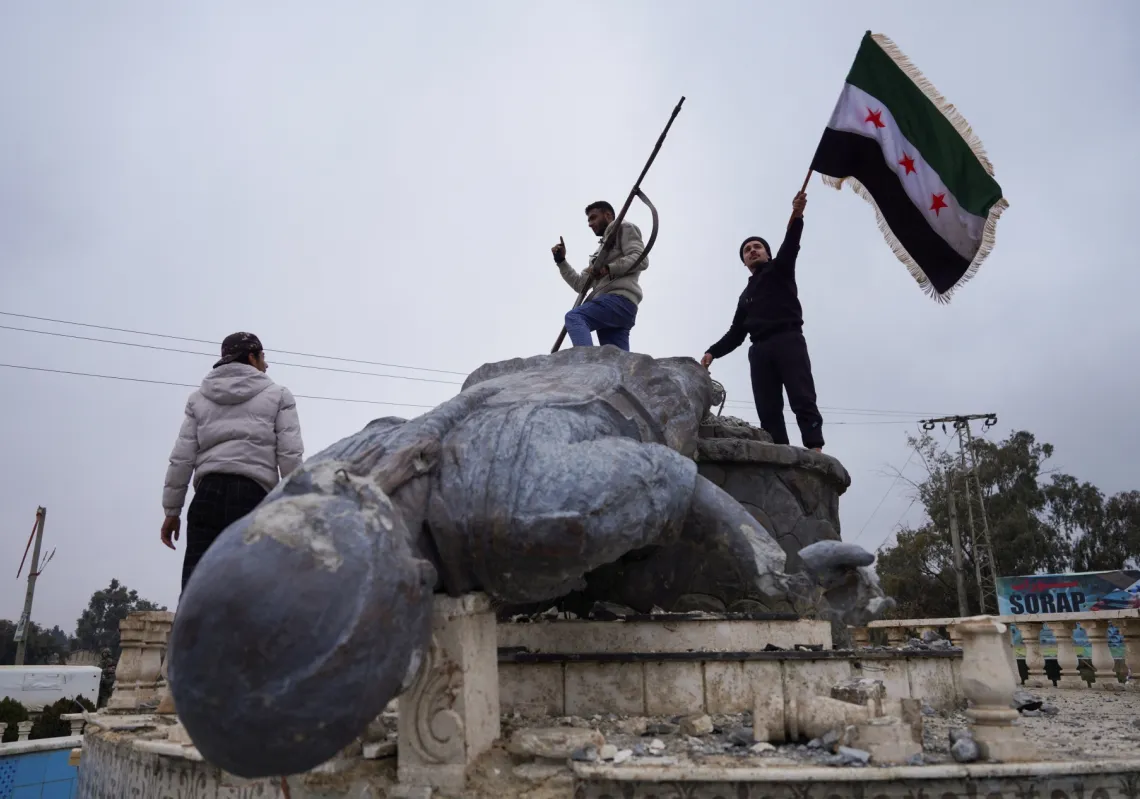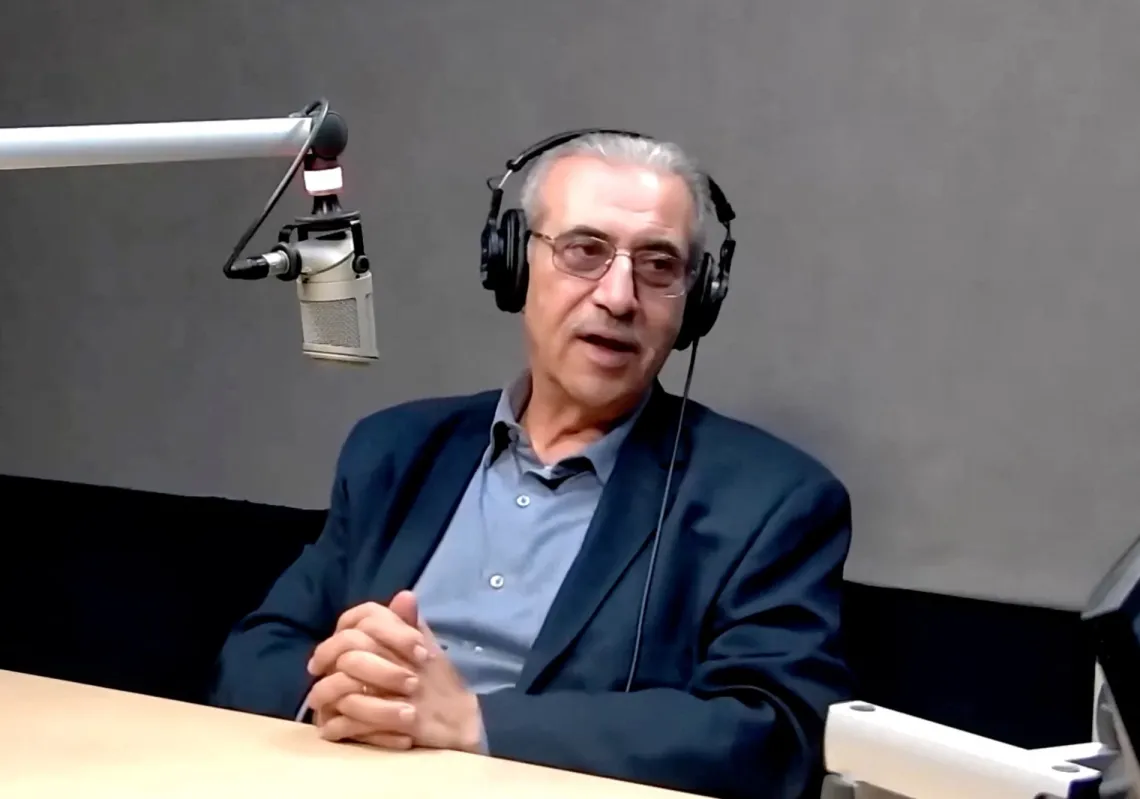About 170 km north-east of Medina lies Khaybar Fort, also known as Marhab Fort, since it bears the name Marhab bin Al-Harith, the Jewish Knight of Khaybar who was killed in battle by Ali ibn Abu Talib.
Overlooking the Arabian Peninsula’s most extensive palm oases, it is surrounded by fertile land, freshwater springs, and historic houses. And despite its recent physical deterioration, the fort still stands — a testament to its rich history and distinctive Arab architecture.
A valuable archaeological site, the fort’s ceiling has now been lost to erosion, exposing it to the elements. It needs urgent preservation work, though this would not necessarily mean the excavation of the ancient city of Khaybar, which could have both religious and cultural sensitivities.
تصوير جوي حديث لحصن مرحب في خيبر الذي فتحه النبي صلى الله عليه وسلم في معركة خيبر سنة ٧ ه ، وكان مقر اليهود بعد إجلائهم من المدينة المنوره ..
— نوادر من التاريخ (@Ksa9ss) January 5, 2021
Constructed by colonisers
The debate around the fort is similar to that of AlUla in the Hejaz region. Once home to the ancient Thamud tribe and the Hegra (Mada’in Salih), the Kingdom of Saudi Arabia eventually permitted the revival of tourism in AlUla after it was recognised as a UNESCO World Heritage site and crucial for the study of the Nabateans.
Read more: Hinat and the Queens of the Nabataean Kingdom
Ideally, archaeology should be seen dispassionately as a science and as a means of furthering our knowledge of history, but over the years, emotions attach. The memories they evoke may be uncomfortable to some, but we cannot deny or erase them. The past is, after all, the past. It is immutable.












